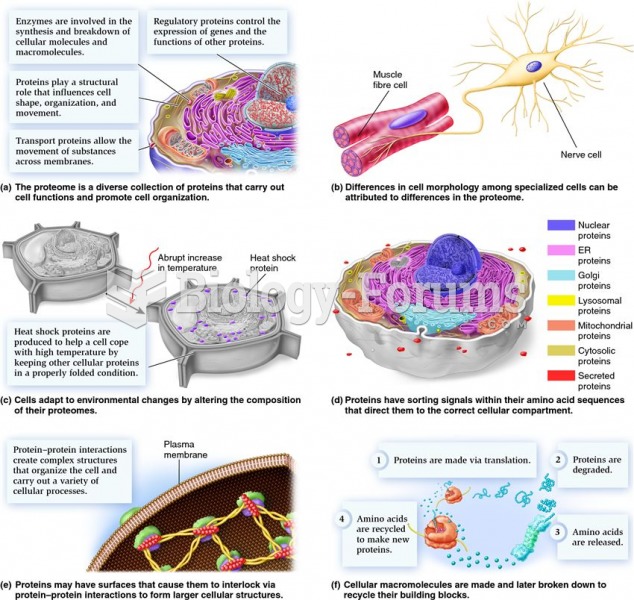Answer to Question 1
There are several bases of power in organizations including legitimate power, reward power, coercive power, expert power, and referent power. From its many possible sources, power is available to everyone in the organization. Receiving an appointment for work in an organization always comes with a certain amount of discretionary authority for decision making known as legitimate power. Reward power is the authority to control the distribution of tangible and intangible rewards to subordinates.When one person has the legitimate authority to discipline an employee or withhold key resources this is called coercive power. Every organization needs people who are experts in their work or who have knowledge that is important for the organization to solve its problems. This is called expert power. When subordinates and peers feel a sense of loyalty and admiration toward a manager, they are more willing to do the things that the manager asks of them. We call this referent power.
Answer to Question 2
A leader must be close (emotionally, intellectually) to a particular situation to understand it and interact with the people who are dealing with it. At the same time, the effective leader will remain at enough of an intellectual and emotional distance from the particular details to see what else is going on in and around the system and how the situation affects and is affected by other elements in the organization and external environment. Another way of thinking about this is in terms of the ability to remain, to a certain extent, aloof but also present.







